Snow leopards, known scientifically as Panthera uncia, are solitary and elusive cats inhabiting the rugged mountains of Central and South Asia. Alongside their mystical appeal and captivating beauty, snow leopards are renowned for their extraordinary jumping abilities, earning them the reputation as some of the best jumpers in the animal kingdom. This article delves into the science behind what makes these big cats exceptional jumpers.
Anatomy of the Snow Leopard
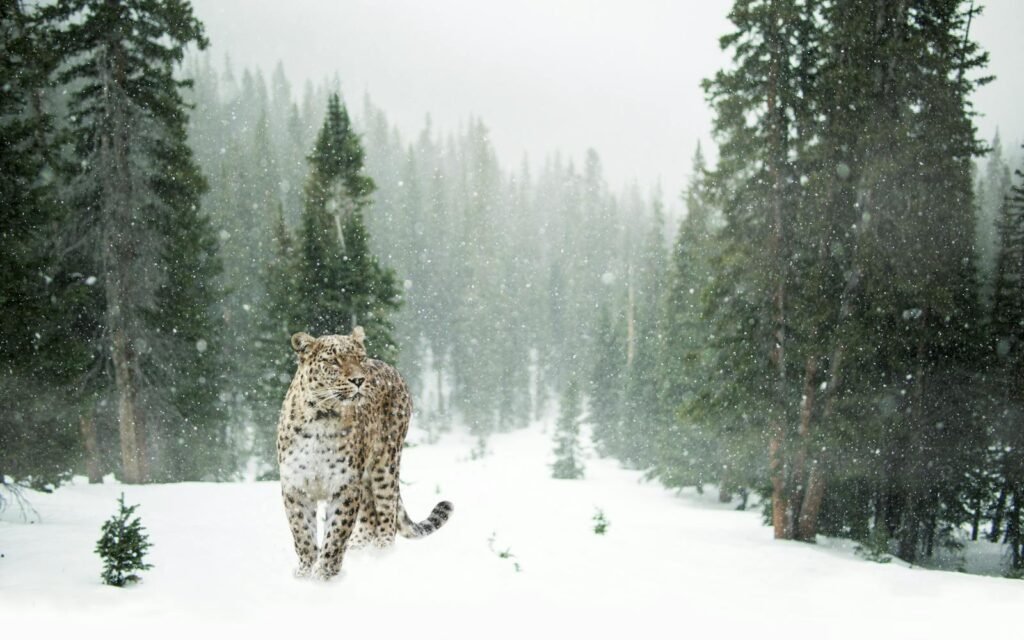
The snow leopard’s body is perfectly adapted to its mountainous terrain. It possesses a robust and muscular build, complemented by powerful hind limbs that are longer than its front limbs. This anatomical feature gives them the leverage required to make high and far-reaching leaps.
The Role of the Tail

The snow leopard’s tail is an evolutionary marvel. It is thick, long, and bushy, providing balance when navigating rocky landscapes. It acts as a counterbalance during jumps, allowing the snow leopard to land safely and continue its agile movement across treacherous terrain.
Powerful Hind Limbs

One of the most critical components in the snow leopard’s leaping prowess is its powerful hind limbs. These legs are highly muscular, delivering the strength and force needed to propel the animal into the air, often making leaps of up to 50 feet horizontally. This exceptional strength is essential for hunting and evading threats in their rugged habitat.
Adaptation to High Altitudes
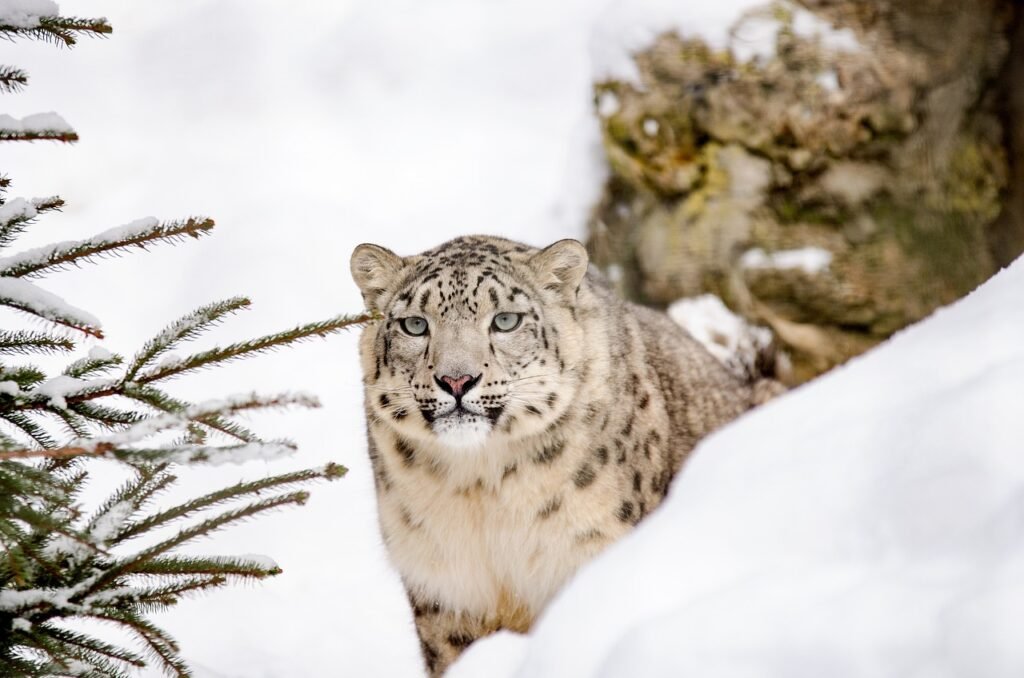
Snow leopards live at altitudes of up to 18,000 feet, where the air is thin, and oxygen levels are lower. Over time, they have adapted to these conditions, with physiological traits such as larger nasal cavities allowing better oxygen intake. This adaptation is crucial for maintaining the energy and endurance needed for their powerful jumps.
The Role of Flexibility
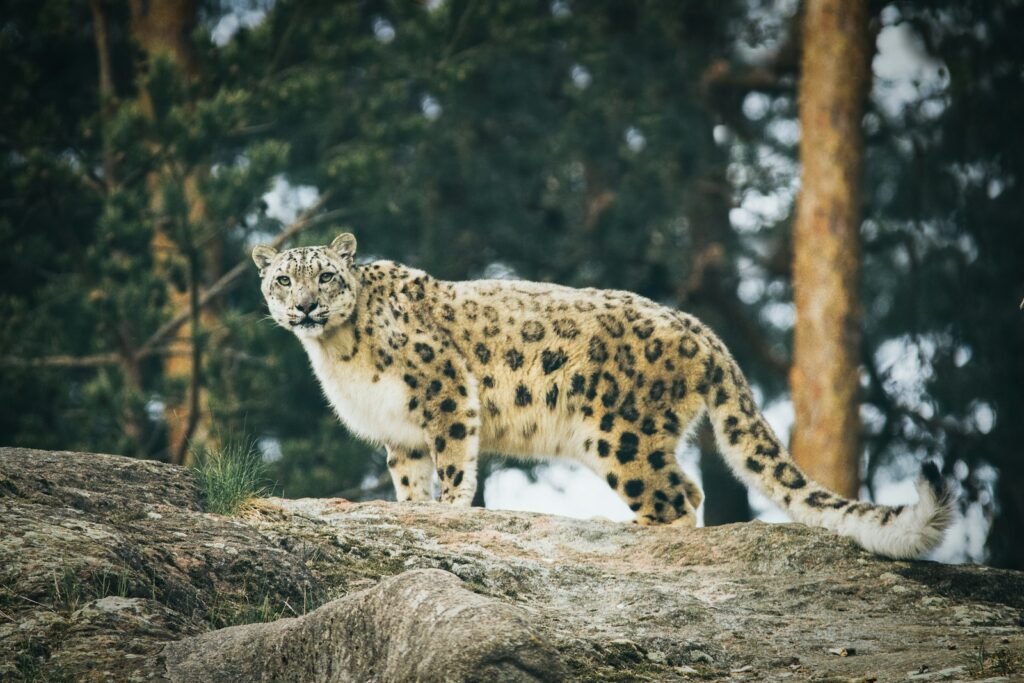
Flexibility is another critical attribute that aids snow leopards in their jumping ability. Their spine is incredibly flexible, allowing them to extend their bodies during a leap and land with precision. This flexibility is vital for maintaining agility and ensuring soft landings on varied and uneven surfaces.
Evolutionary Development
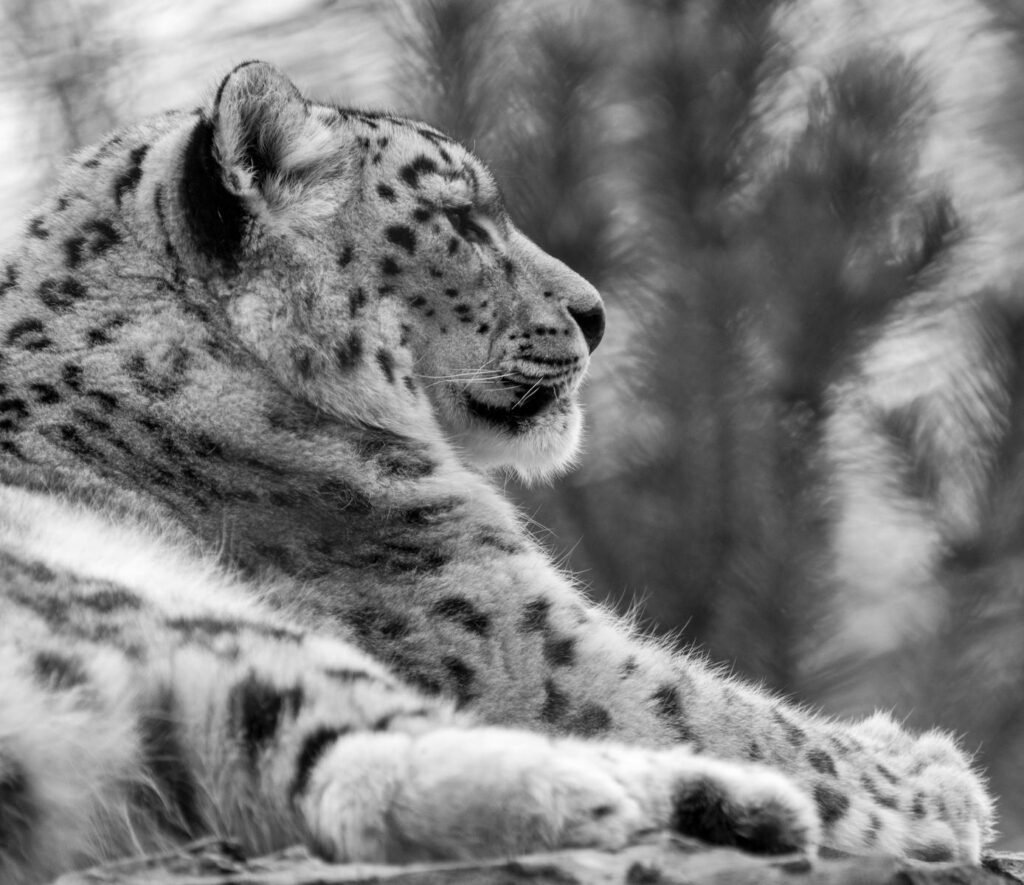
Over millions of years, snow leopards have evolved to become masters of their environment. Their jumping skill is not merely a product of their physical anatomy but also of evolutionary pressure to adapt to a life hunting in steep, mountainous regions. Such adaptations have honed their jumping capabilities to perfection, providing both survival advantages and effective hunting strategies.
Prey Capture Strategy
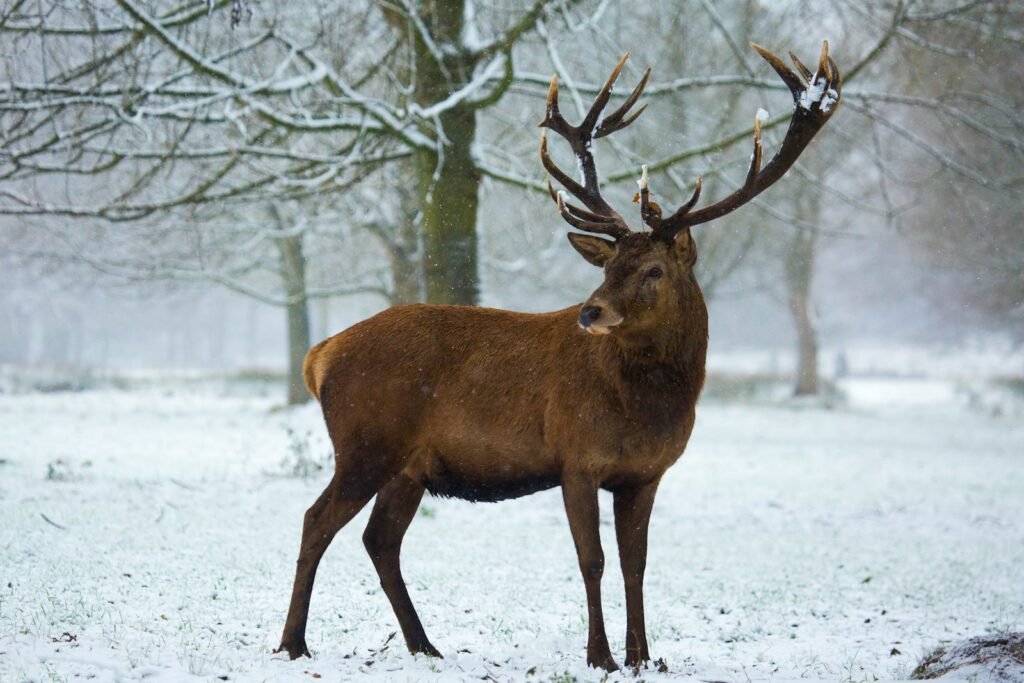
Snow leopards employ their jumping skills primarily during hunting. They can ambush prey silently and, when necessary, make sudden leaps to close the distance quickly. This ability to execute precise jumps increases their success rate in capturing agile prey such as blue sheep and ibex, which are also adept at navigating the mountainous terrain.
Other Remarkable Jumpers in the Animal Kingdom
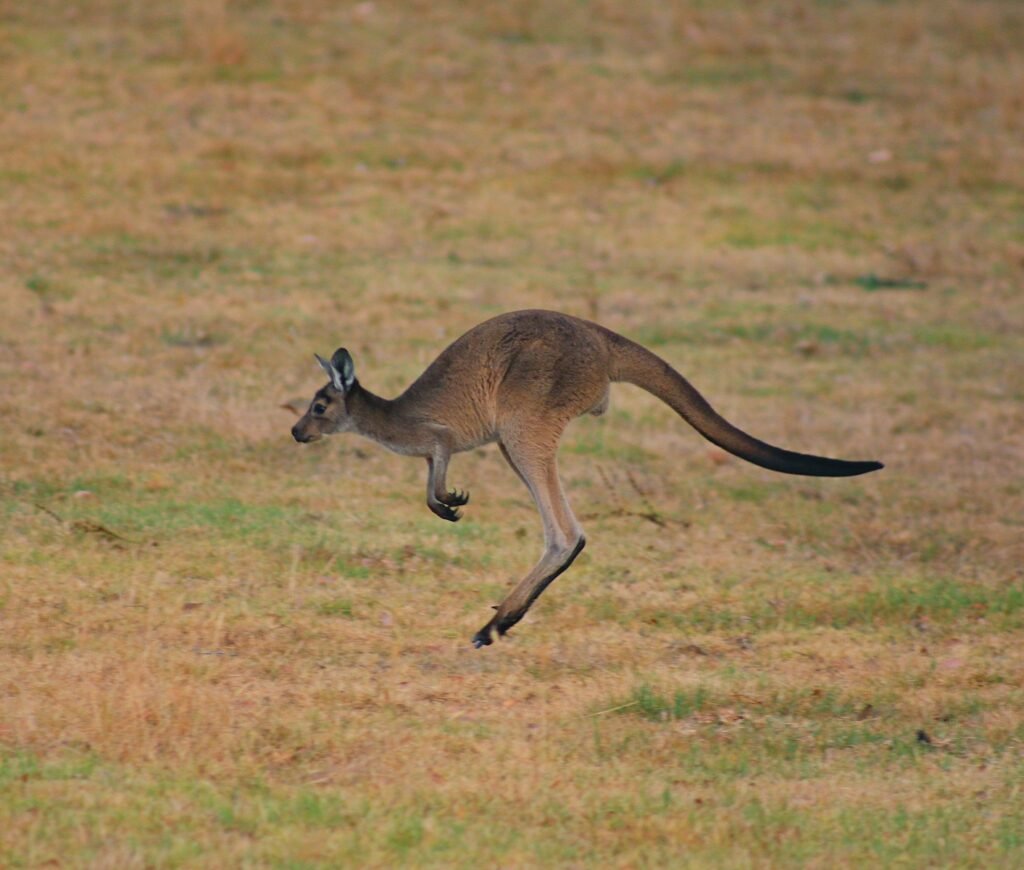
While snow leopards are exceptional jumpers, they are part of a larger group of impressive animal jumpers, including kangaroos, fleas, and certain species of frogs. Each has evolved unique abilities suited to their environments and survival needs, though few are as graceful and adept at high-altitude leaping as the snow leopard.
The Conservation of Snow Leopards
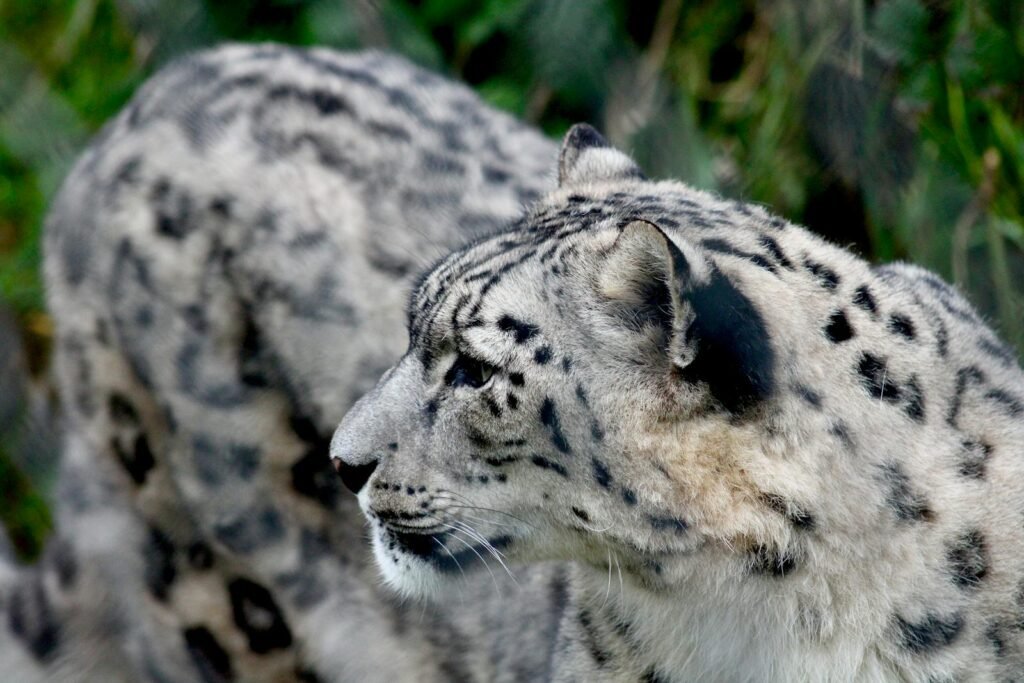
Despite their prowess, snow leopards face numerous threats, including habitat loss, poaching, and climate change. Conservation efforts are crucial to ensure that these majestic animals continue to thrive in their natural environments. Understanding and appreciating their incredible abilities, such as their jumping skills, can help raise awareness and foster support for their preservation.
Conclusion
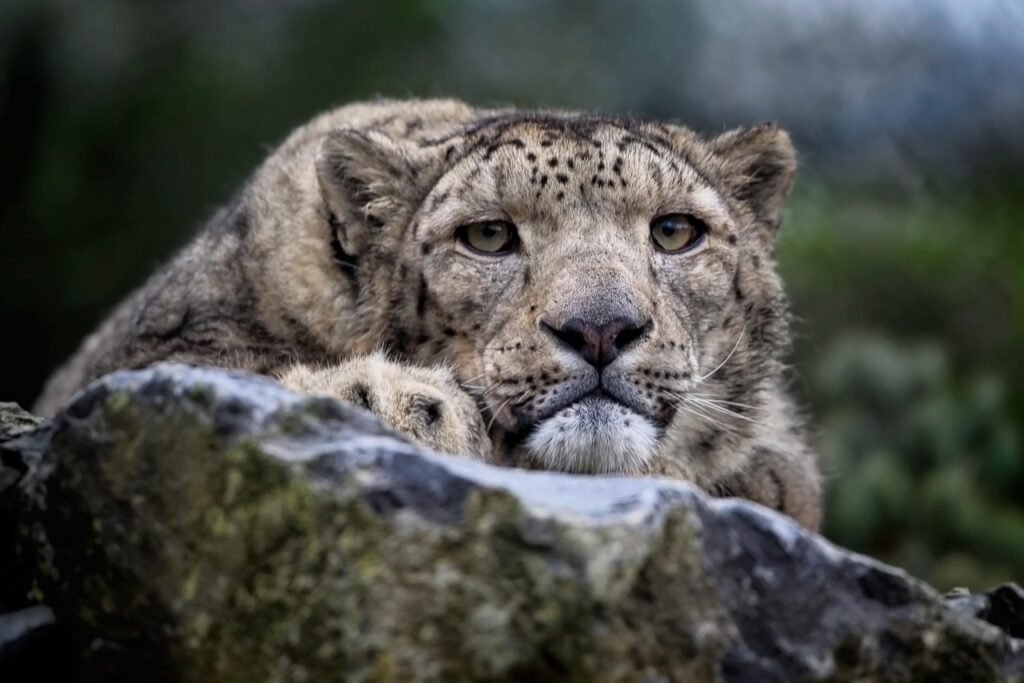
Snow leopards’ extraordinary jumping abilities are a testament to their remarkable adaptation to some of the world’s harshest environments. Their unique anatomical structures, evolution, and lifestyle all contribute to their status as some of the best jumpers in the animal kingdom. By appreciating and supporting conservation efforts, we can help preserve this iconic species and its incredible abilities for future generations.

Suhail Ahmed is a passionate digital professional and nature enthusiast with over 8 years of experience in content strategy, SEO, web development, and digital operations. Alongside his freelance journey, Suhail actively contributes to nature and wildlife platforms like Feline Fam, where he channels his curiosity for the Feline into engaging, educational storytelling.
With a strong background in managing digital ecosystems — from ecommerce stores and WordPress websites to social media and automation — Suhail merges technical precision with creative insight. His content reflects a rare balance: SEO-friendly yet deeply human, data-informed yet emotionally resonant.
Driven by a love for discovery and storytelling, Suhail believes in using digital platforms to amplify causes that matter — especially those protecting Earth’s biodiversity and inspiring sustainable living. Whether he’s managing online projects or crafting wildlife content, his goal remains the same: to inform, inspire, and leave a positive digital footprint.






